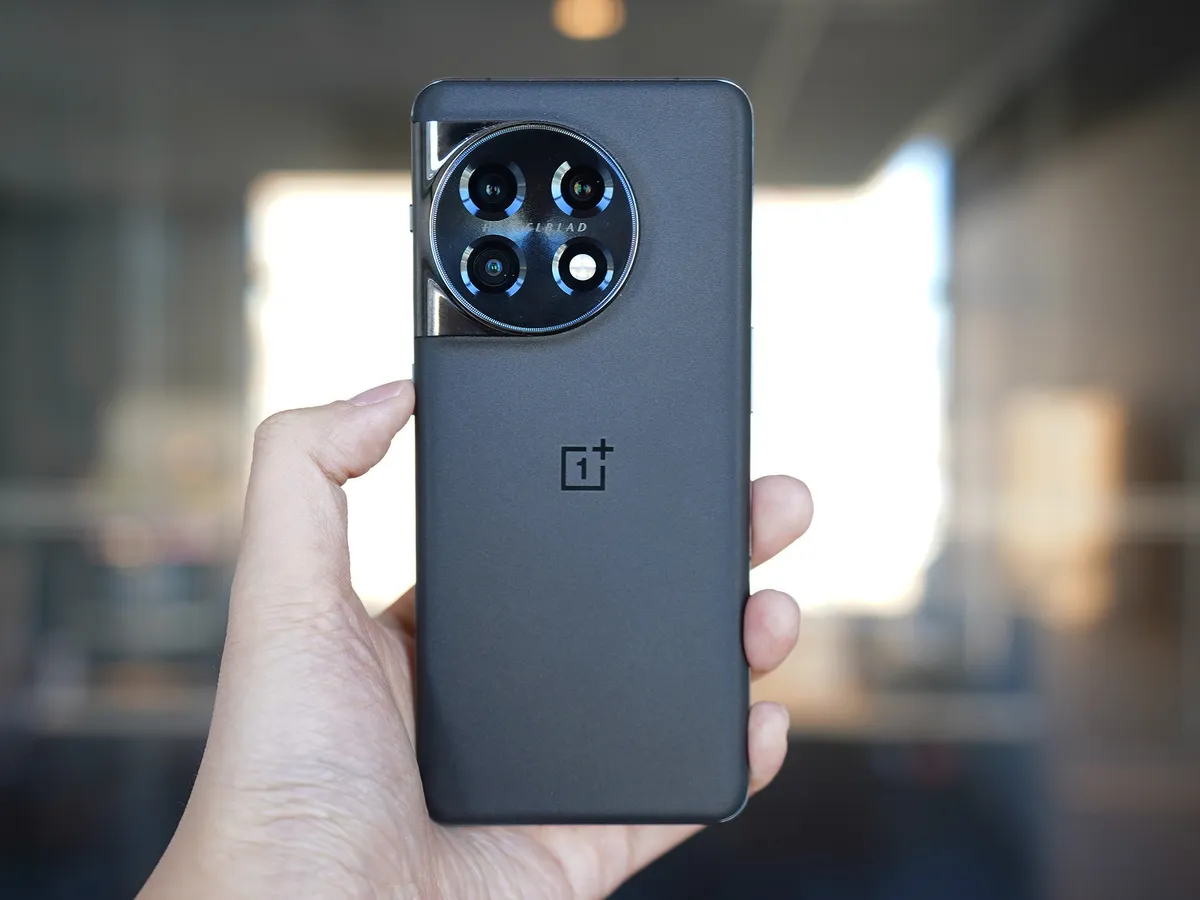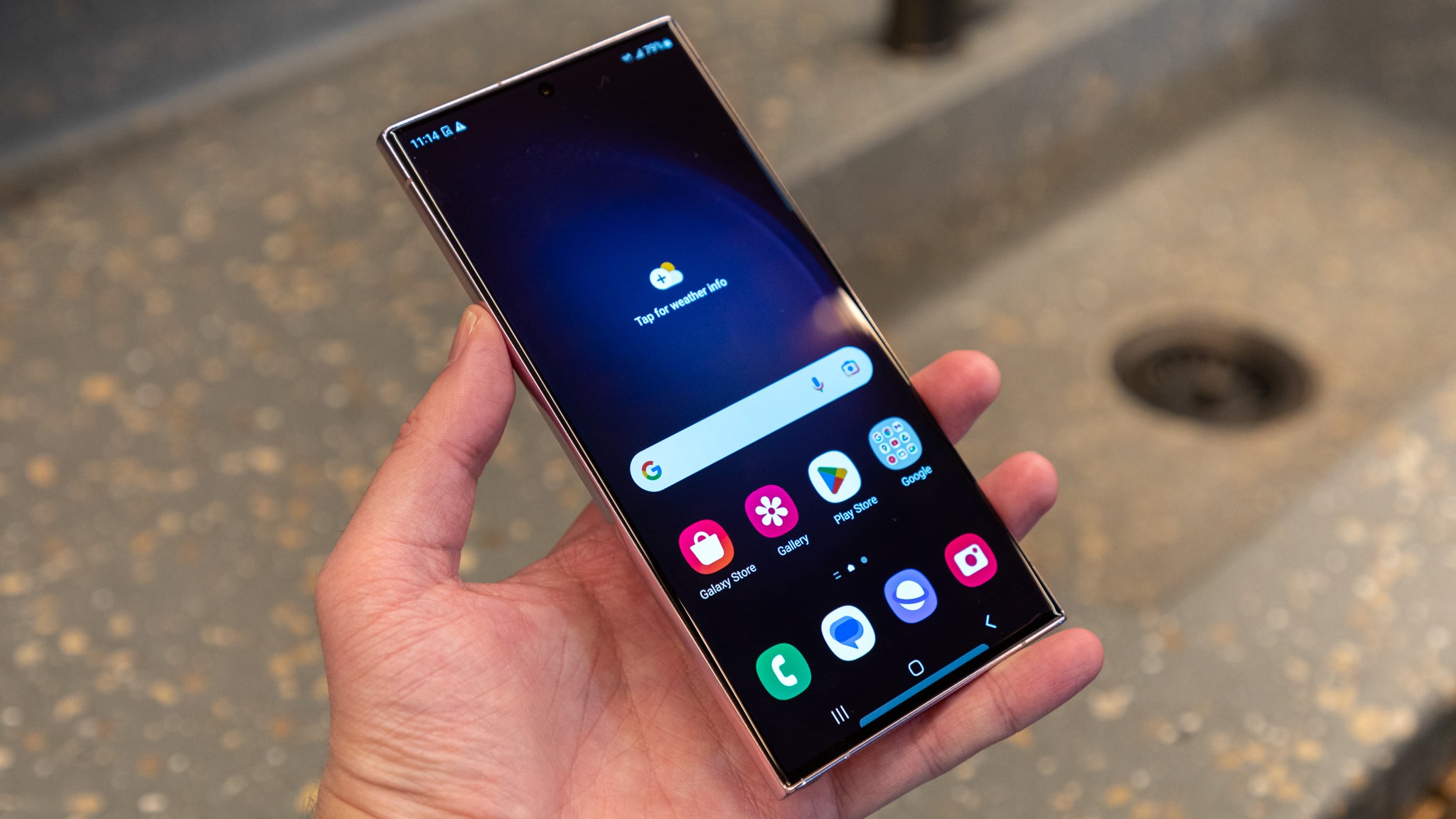Introduction
The Google Pixel 4 XL is a remarkable device that offers a seamless and intuitive user experience. However, some users have encountered an issue where the screen goes black during calls, causing frustration and inconvenience. This problem can disrupt the flow of conversations and hinder the overall functionality of the device. Understanding the common causes and troubleshooting methods for this issue is essential for ensuring a smooth and uninterrupted communication experience on the Google Pixel 4 XL.
The occurrence of the screen going black during calls can be attributed to various factors, ranging from software glitches to hardware malfunctions. By delving into the root causes of this issue, users can gain valuable insights into how to effectively address and resolve it. This article will explore the common triggers behind the screen blackout during calls on the Google Pixel 4 XL and provide practical troubleshooting steps to rectify the issue. Whether it's a software-related anomaly or a hardware malfunction, having a comprehensive understanding of the potential causes and solutions is crucial for maintaining the optimal performance of the device.
By equipping users with the knowledge and strategies to troubleshoot the screen blackout issue, this article aims to empower Google Pixel 4 XL owners to overcome this challenge with confidence. With a proactive approach to problem-solving and a deeper understanding of the device's functionality, users can effectively mitigate the impact of the screen blackout problem and enhance their overall experience with the Google Pixel 4 XL. Let's delve into the common causes and troubleshooting methods for addressing the screen blackout issue on the Google Pixel 4 XL, ensuring that users can make the most of their device without interruptions during calls.
Common Causes of Google Pixel 4 XL Screen Going Black During Calls
The screen blackout issue during calls on the Google Pixel 4 XL can stem from various factors, encompassing both software and hardware elements. Understanding these common causes is pivotal in effectively troubleshooting the problem. Here are the primary factors that can lead to the screen going black during calls on the Google Pixel 4 XL:
-
Proximity Sensor Malfunction: The proximity sensor plays a crucial role in detecting the user's face during calls and subsequently turning off the screen to prevent accidental touches. If the proximity sensor is malfunctioning or obstructed by a screen protector or debris, it may inaccurately detect the user's face, causing the screen to go black during calls.
-
Software Glitches: Software anomalies or bugs within the operating system can lead to unexpected behavior, including the screen blackout issue during calls. These glitches may interfere with the device's ability to properly manage the screen display during active calls, resulting in the screen going black intermittently or consistently.
-
Screen Protector Interference: Low-quality or improperly installed screen protectors can interfere with the proximity sensor's functionality, leading to erroneous detection of the user's face and triggering the screen blackout during calls. Additionally, screen protectors that cover or block the proximity sensor area can disrupt its operation, causing the screen to go black unintentionally.
-
Hardware Defects: In some cases, hardware defects or damage to the proximity sensor or display components can contribute to the screen blackout issue during calls. Physical damage or internal malfunctions within the device's hardware may impede the proper functioning of the proximity sensor, leading to erratic screen behavior during calls.
-
Call Settings and Accessibility Features: Incorrect call settings or misconfigured accessibility features can inadvertently trigger the screen blackout problem on the Google Pixel 4 XL. Settings related to call display, screen timeout, or accessibility options may impact the behavior of the screen during calls, potentially causing it to go black unexpectedly.
By recognizing these common causes of the screen blackout issue during calls on the Google Pixel 4 XL, users can gain valuable insights into the underlying factors contributing to this problem. This understanding serves as a foundation for implementing targeted troubleshooting steps to address the issue effectively.
How to Troubleshoot Google Pixel 4 XL Screen Going Black During Calls
Addressing the screen blackout issue during calls on the Google Pixel 4 XL involves a systematic approach to troubleshooting that encompasses both software and hardware considerations. By implementing the following steps, users can effectively diagnose and resolve the screen blackout problem, restoring the seamless functionality of their device.
1. Proximity Sensor Calibration and Inspection
Begin by ensuring that the proximity sensor is functioning correctly. Navigate to the device's settings and locate the option for proximity sensor calibration or testing. Follow the on-screen instructions to calibrate the sensor and verify its responsiveness. Additionally, inspect the sensor area for any obstructions such as dust, debris, or misaligned screen protectors. Gently clean the sensor area and reposition or replace the screen protector if necessary to eliminate any interference with the proximity sensor's operation.
2. Software Diagnosis and Updates
Check for available software updates for the Google Pixel 4 XL and ensure that the device is running the latest version of the operating system. Software updates often include bug fixes and optimizations that can address underlying issues related to the screen blackout problem. If the issue persists, consider resetting the device's call settings to default or performing a software reset to eliminate any software-related glitches causing the screen blackout during calls.
3. Screen Protector Adjustment or Replacement
If a screen protector is installed on the device, assess its compatibility with the proximity sensor and ensure that it is properly aligned and free from any defects. Consider using a high-quality, manufacturer-recommended screen protector that is designed to work seamlessly with the device's proximity sensor. Adjust or replace the screen protector as needed to eliminate any interference with the proximity sensor's functionality.
4. Hardware Inspection and Professional Assessment
In cases where the screen blackout issue persists despite software and calibration efforts, consider seeking professional assessment from authorized service providers or technicians. Hardware defects or malfunctions within the proximity sensor or display components may require specialized diagnostics and repair procedures to rectify. Professional inspection can provide valuable insights into any underlying hardware issues contributing to the screen blackout problem.
5. Call Settings and Accessibility Configuration
Review the device's call settings and accessibility features to ensure that they are configured appropriately. Verify the screen timeout settings, call display preferences, and accessibility options to rule out any misconfigurations that may be triggering the screen blackout during calls. Adjust the settings as needed to align with the intended behavior of the device during active calls.
By systematically addressing the proximity sensor functionality, software integrity, screen protector compatibility, hardware condition, and call settings, users can effectively troubleshoot the screen blackout issue during calls on the Google Pixel 4 XL. Implementing these targeted troubleshooting steps empowers users to identify and resolve the underlying factors contributing to the problem, ultimately restoring the uninterrupted functionality of the device during calls.
Conclusion
In conclusion, the screen blackout issue during calls on the Google Pixel 4 XL can be a perplexing and disruptive experience for users. However, by delving into the common causes and implementing targeted troubleshooting methods, users can effectively address and resolve this issue, restoring the seamless functionality of their device. Understanding the multifaceted nature of the problem and the diverse factors contributing to it is pivotal in formulating an effective approach to troubleshooting.
By recognizing the significance of the proximity sensor in managing the screen display during calls, users can proactively calibrate and inspect this component to ensure its optimal functionality. Addressing any obstructions or interference with the proximity sensor, such as misaligned screen protectors or debris, can significantly mitigate the screen blackout issue.
Furthermore, the software diagnosis and updates play a crucial role in eliminating software-related glitches that may trigger the screen blackout problem. By staying vigilant about software updates and considering a reset of call settings if necessary, users can leverage the latest optimizations and bug fixes to enhance the device's performance during calls.
The compatibility and quality of the screen protector also warrant careful consideration, as they can directly impact the functionality of the proximity sensor. Adjusting or replacing the screen protector to align with the device's specifications can effectively eliminate any interference that may lead to the screen blackout issue.
In cases where the problem persists, seeking professional assessment for hardware inspection and diagnostics is a prudent course of action. Professional technicians can provide valuable insights into any underlying hardware defects or malfunctions, offering specialized solutions to rectify the issue.
Lastly, reviewing and adjusting call settings and accessibility configurations can ensure that the device behaves as intended during calls, mitigating any misconfigurations that may inadvertently trigger the screen blackout problem.
By systematically addressing these aspects, users can navigate the troubleshooting process with confidence, armed with a comprehensive understanding of the common causes and effective solutions for the screen blackout issue during calls on the Google Pixel 4 XL. This proactive approach empowers users to optimize the functionality of their device, ensuring uninterrupted and seamless communication experiences.
In essence, the screen blackout issue during calls on the Google Pixel 4 XL, while disruptive, can be effectively mitigated through a combination of proactive maintenance, software optimization, and targeted troubleshooting. By leveraging the insights and strategies outlined in this article, users can overcome this challenge and continue to enjoy the exceptional capabilities of their Google Pixel 4 XL without interruptions during calls.


















